I am using shapely in python and trying to generate evenly spaced points in a grid that fall within a shape in the fastest O(n) time. The shape may be any closed polygon, not just a square or circle. My current approach is:
- Find min/max y & x to build a rectangle.
- Build a grid of points given a spacing parameter (resolution)
- Verify one-by-one if the points fall within the shape.
Is there a faster way to do this?
# determine maximum edges
polygon = shape(geojson['features'][i]['geometry'])
latmin, lonmin, latmax, lonmax = polygon.bounds
# construct a rectangular mesh
points = []
for lat in np.arange(latmin, latmax, resolution):
for lon in np.arange(lonmin, lonmax, resolution):
points.append(Point((round(lat,4), round(lon,4))))
# validate if each point falls inside shape
valid_points.extend([i for i in points if polygon.contains(i)])
